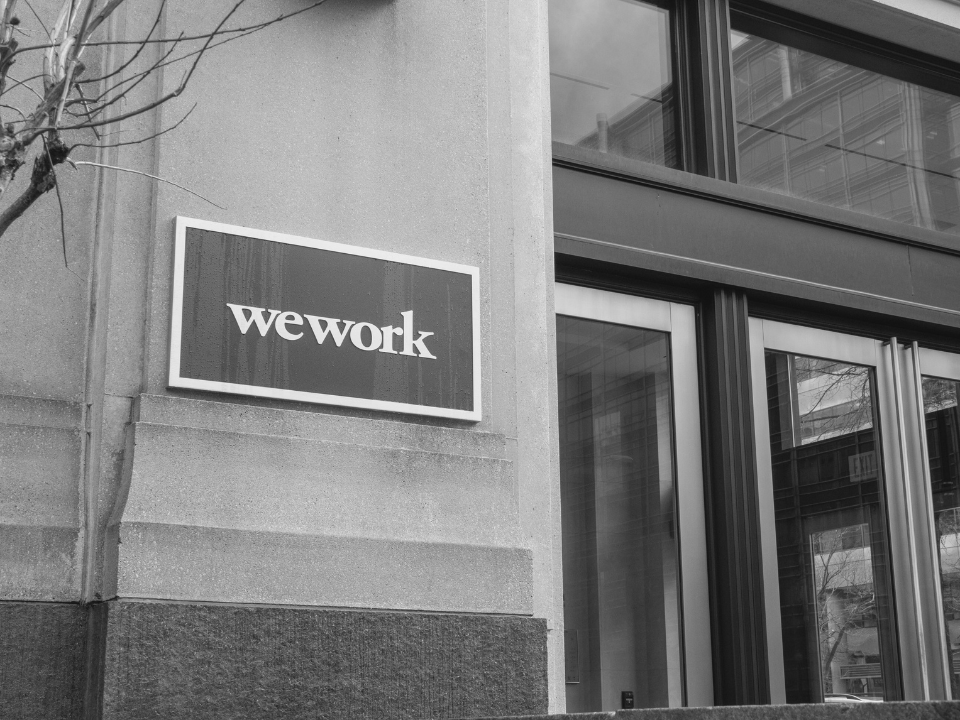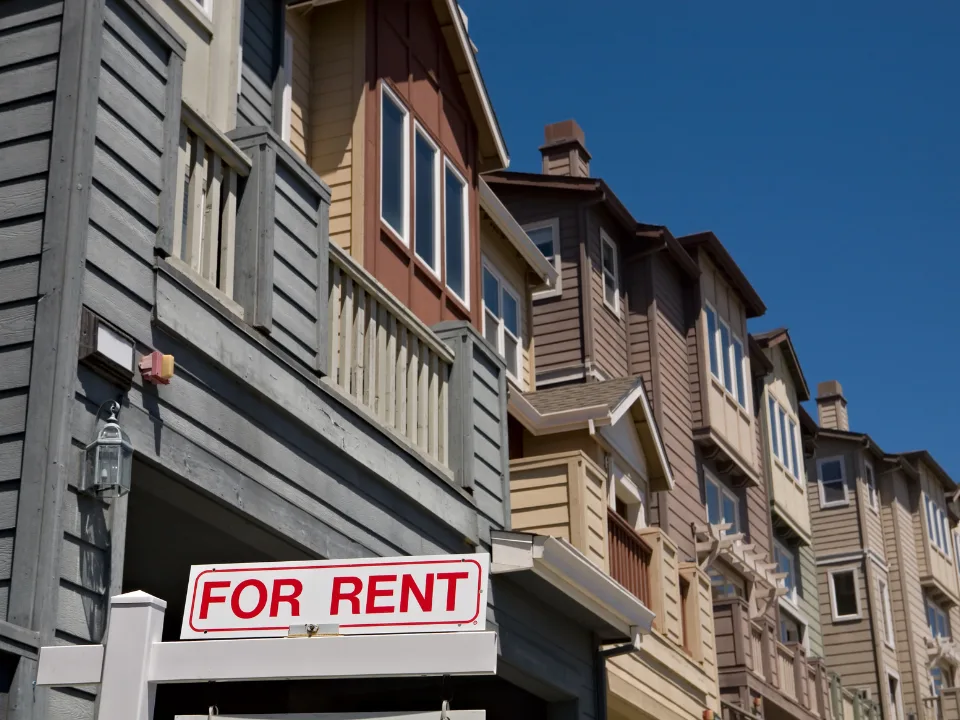- WeWork is, perhaps unsurprisingly, once again preparing to file for bankruptcy as early as next week.
- The company is late on a $6.4M interest payment, entering a 30-day grace period, and negotiating temporary postponement.
- WeWork CEO David Tolley wants to renegotiate nearly all leases to achieve a sustainable operating model.
According to WSJ, everyone’s favorite beleaguered coworking giant is reportedly preparing to file for bankruptcy once again as early as next week. As a reminder, the last time WeWork filed for bankruptcy was in November, as reported in Bloomberg.
You Can’t Make This Up
The only public communication from WeWork about the possible impending bankruptcy came via a securities filing stating the company would withhold a $6.4M interest payment on some of its notes, despite having the cash available.
This decision automatically initiates a 30-day grace period. Additionally, WeWork has entered into an agreement with creditors to temporarily postpone payments on other notes. A company spokesperson explained that the forbearance agreement allows time for positive conversations with financial stakeholders and continued strategic efforts to improve the capital structure.
From The Horse’s Mouth
Notably, WeWork has openly discussed the possibility of bankruptcy since August. CEO David Tolley highlighted the need to negotiate aggressively with landlords for lease concessions, pointing out that current lease liabilities, which accounted for over two-thirds of total operating expenses in Q2, are too high and misaligned with current market conditions.
“We are taking immediate action to permanently fix our inflexible and high-cost lease portfolio to achieve the sustainable operating model that we need to serve our members for many years to come,” he wrote. This process involves global engagement with landlords to secure better terms.
Why It Matters
The renegotiation process is likely to be challenging for office landlords already grappling with high vacancies. However, bankruptcy would enable WeWork to reject unfavorable leases and avoid damages claims, converting rejected leases into unsecured debt. This means landlords would stand behind bondholders and other secured creditors in the queue for claims.

















